Mirror Glass Was A Particular Luxury During The Latter 17Th Century, For It Was In Short Supply And, At The Time, Only Produced And Exported From Italy. A Large Example Such As This Incredibly Rare William And Mary Mirror Would Have Belonged To A Family Of Great Wealth And Prestige. Since The Process To Produce Mirrored Glass Was So Costly And Labor-Intensive, The Frames That Surrounded These Treasured Items Were Important In Both Function And Design. Crafted By Cabinet-Maker Hugh Granger, This Remarkable Mirror Is Distinguished Not Only By Its Exceptional Cushioned Frame, Adorned In Elaborate Marquetry Of Fruitwood And Sycamore, But Also By The Fact That It Is Signed By Its Maker. An Exquisite Example Of 17Th Century English Quality Construction And Design, This Mirror Also Features Its Original Silvered Glass.
Though The Reign Of William And Mary Lasted Only A Few Short Years, This Era Ushered In A Distinctive Style Of Furniture And Furniture-Making That Still Bears Their Name. William And Mary Furnishings Represented A More Refined Way Of Living, Replacing Heavy And Often Cumbersome Pieces Of Furniture From The Previous Decades. Furnishings From This Period Are Extremely Rare And Highly Collectible, As Is The Case With This Exceptionally Fine Mirror. Amazingly After Over 300 Years, It Remains In Fine Condition, Clearly Retaining Its Intricate Detailing And Incredible Depth Of Color. Previously With A Cresting, The Reverse With Label Reading “All Sorts Of Fashionable Household Goods At Reasonable Rates Made By Hugh Granger At The Carved Angel In Aldermanbury.”
Circa 1695
35” High X 30 3/4” Wide X 3 1/4″ Deep
Hugh Granger Was A Cabinet-Maker Who Could Be Found At The Sign Of “The Carved Angel,” Aldermanbury, London (1692-1706). Trade Labels Made By Him With The Inscription “Fashionable Household Goods At Reasonable Rates” Have Been Found Pasted To The Few High-Quality Items Of Late 17Th And Early 18Th Century Furniture Known To Exist.
Towards The End Of The Reign Of Charles Ii, Mirrors Of This Type Occupied A Conspicuous Position In Luxuriously Appointed Rooms, Placed Between Windows (With A Table And Pair Of Stands Below Them). Frames Were Made From A Variety Of Materials, Ranging From Veneers Of Walnut, Olive, Laburnum, And Other Fruitwoods To Ebony, Tortoise-Shell, And Silver. During The Reign Of Queen Mary And Her Dutch Husband King William Iii, Dutch And German Craftsmen Came To England As Part Of The Protestant Exodus From Continental Europe, And Brought With Them A Number Of Important Furniture Forms And Techniques Including Exotic Veneers And Inlay Decoration. Though This Style Reached The Height Of Its Popularity During The Late 17Th And Early 18Th Centuries, To Find Inlaid Furnishings From This Period Is Rare. To Find Such A Delicate Item As A Mirror In Such Exquisite Condition Is Truly Extraordinary.
Sale!
Antiques M.S. Rau | William & Mary Marquetry Mirror
$93.00

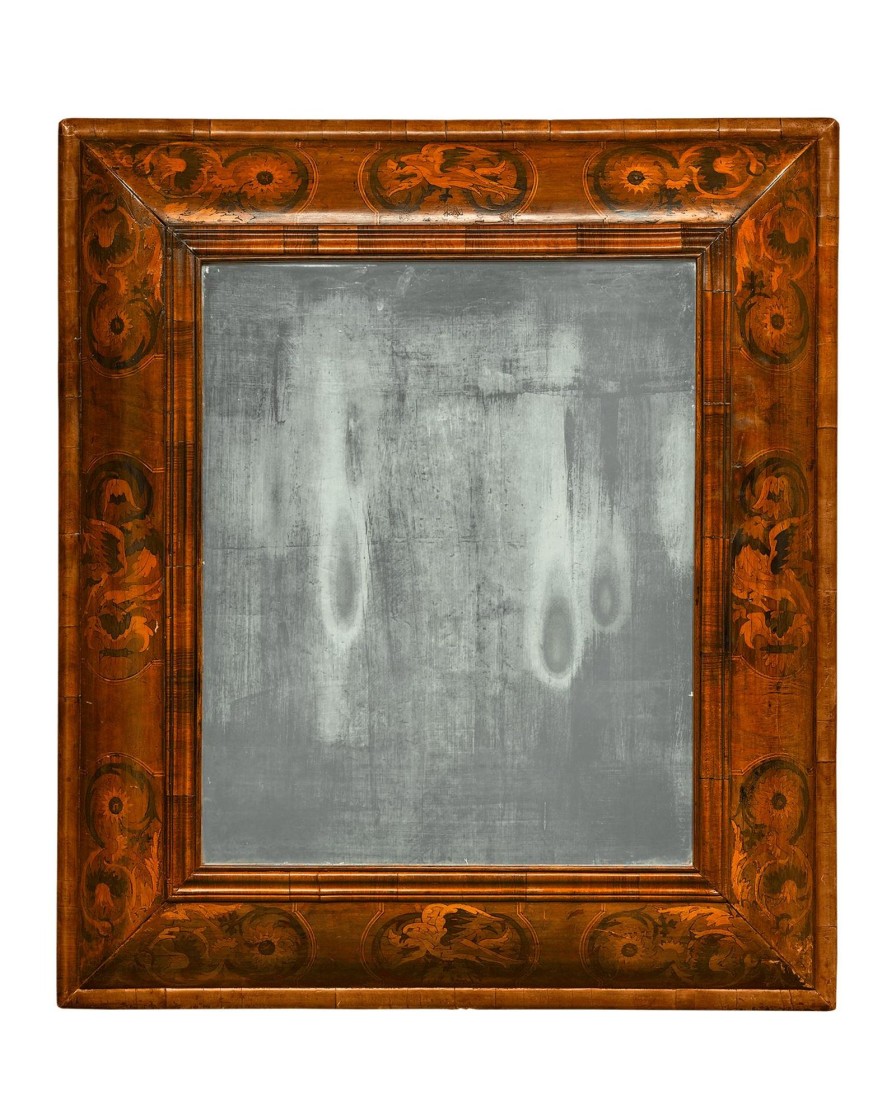
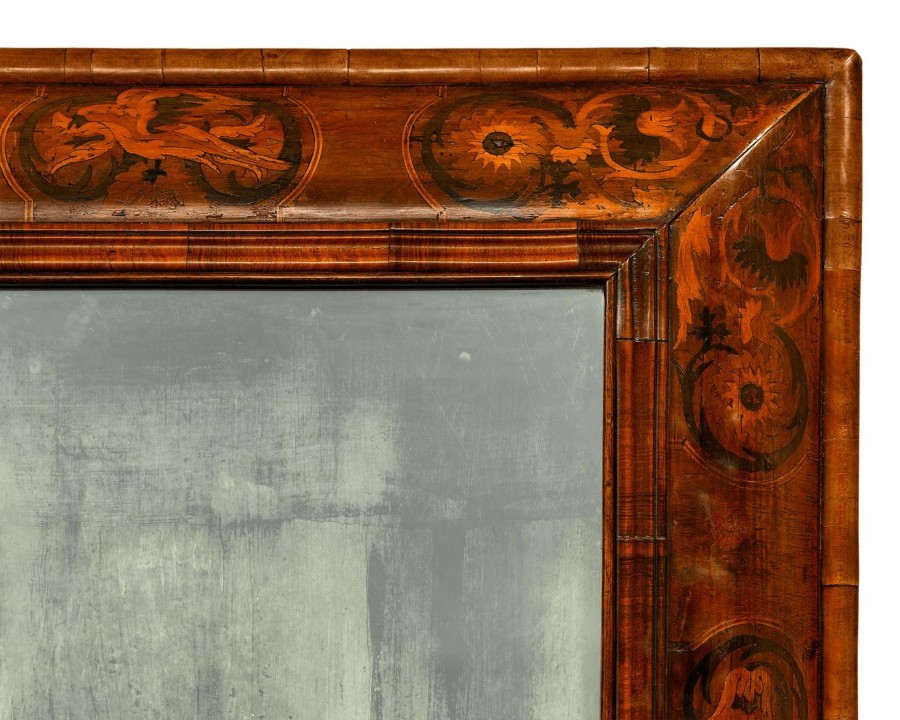
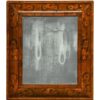
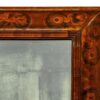
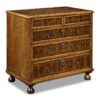

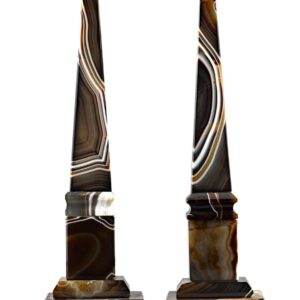
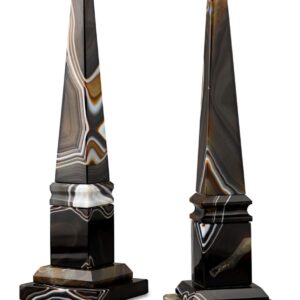

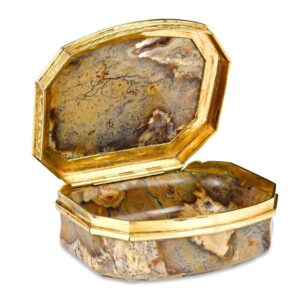
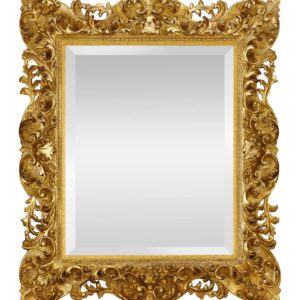

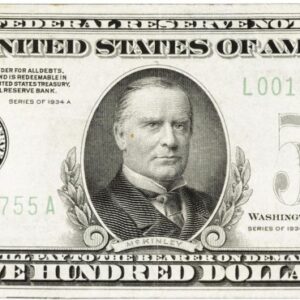


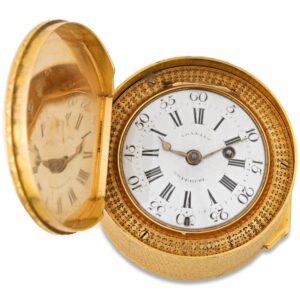
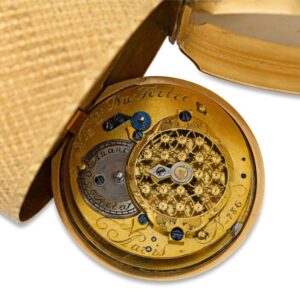
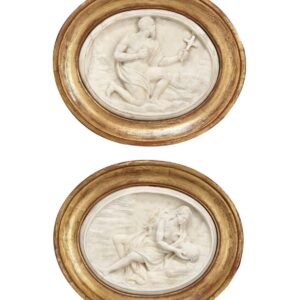
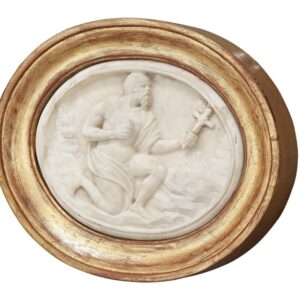
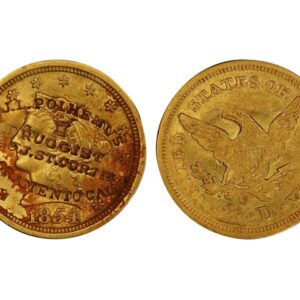
Reviews
There are no reviews yet.